A few years ago Honda, Toyota and Hyundai shrugged their collective shoulders and said hydrogen was a lost cause because of the cost of fuel cells and the lack of infrastructure. Besides, EVs were the next big thing.
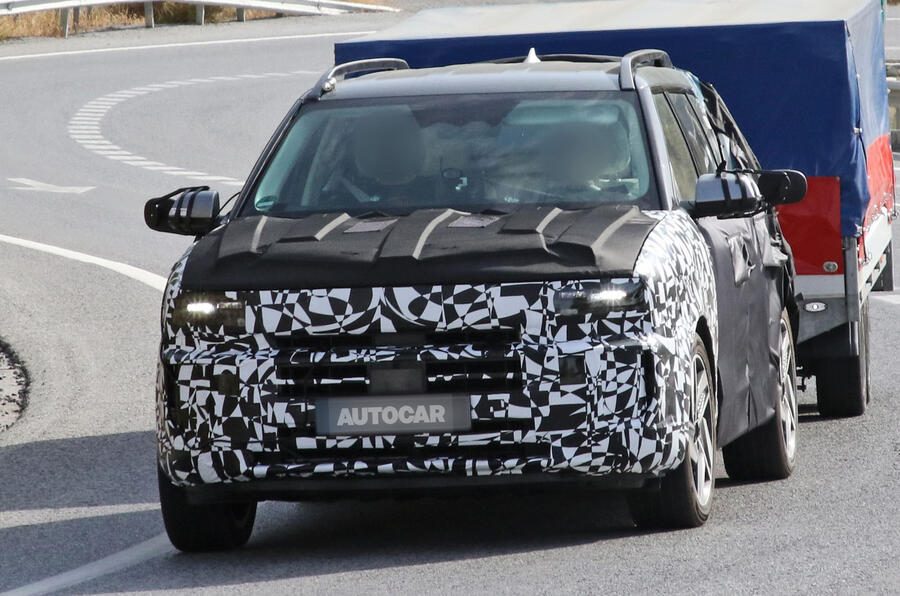
Now it appears that Hyundai has had a rethink, possibly in the light of slowing EV sales globally. Indeed, all manufacturers seem to be weighing their powertrain options. Those who were rushing headlong to a full EV line-up are now offering hybrids of various descriptions as well. Most are at any rate, with the possible exception being Jaguar which has a well documented history of missteps.
Locally Toyota has long backed its hybrid horse and has long reaped the benefits. Most new Toyotas nowadays have hybrids under the hood. Why even the Tundra that Australians are currently getting excited about features a hybrid powertrain.
Members of the VW Group were also heading towards a full electric future and still are, only it’s delayed. They’ve now had a rethink and are offering a range of electrified models as well.
Hyundai already offers a range of different powertrains for its vehicles but had been high on hydrogen in the past. It had R&D divisions looking at FCEVs and internal combustion engines running on H2.
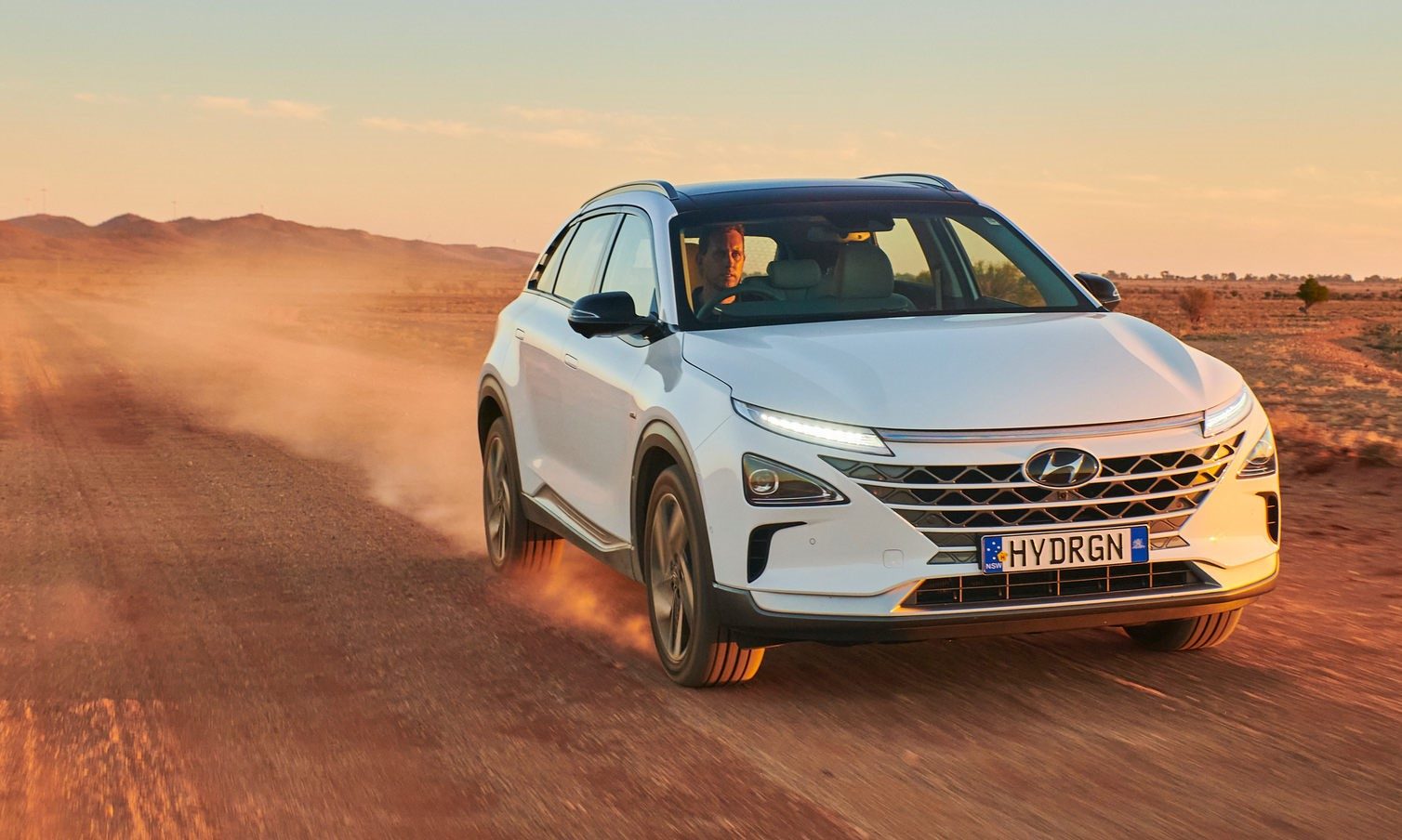
These were shuttered for a time but changing circumstances have meant hydrogen is again a possibility, a niche one perhaps but an avenue that warrants further exploration. Maybe the fact BMW and Toyota are set to launch the first mass production FCEV passenger vehicles in a few years’ time set them to thinking again about hydrogen as a viable option.
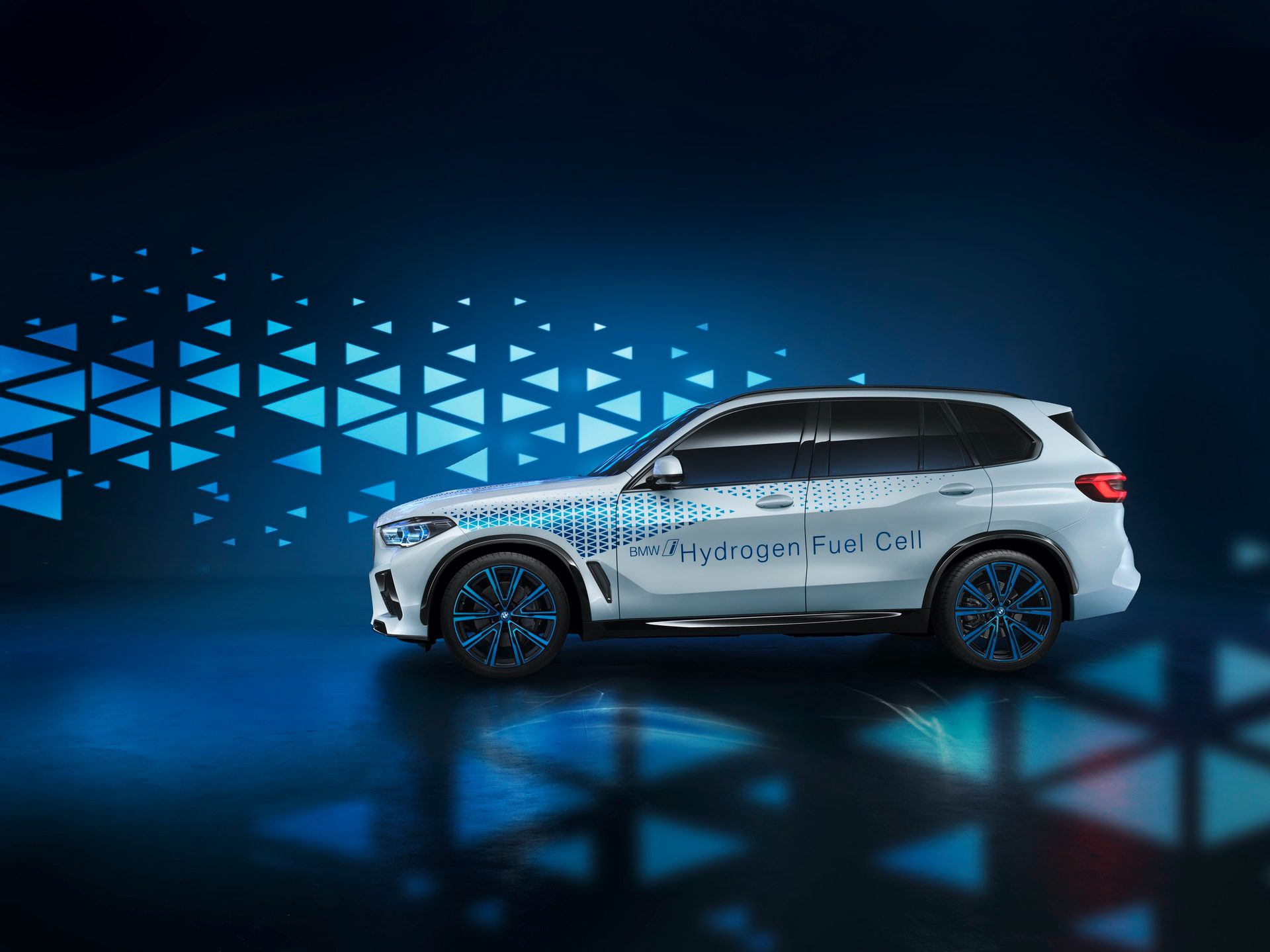
At this year’s Consumer Electronics Show Hyundai committed to a 2025 release for the second-generation Nexo FCEV. And now it appears a prototype is testing on public roads in Europe. Even with the camo, it looks rather different from its forebear, with a boxier Santa Fe-style appearance.
It is thought that the new car will have a 100kW fuel cell stack instead of the previous version’s 95kW item. It is evidently almost one-third more compact and should last much longer, for up to 320,000km.
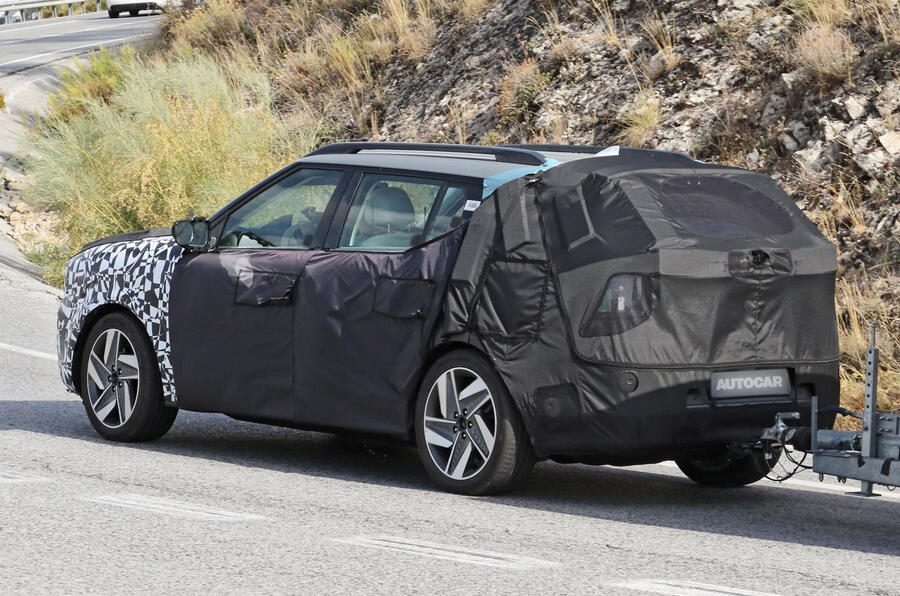
Range should be greater too, up from 600km to over 800km. That’s critical given there are so few filling stations in most countries. For example, there are only six in the UK.
Affordability will be another factor. The previous model was the most expensive in Hyundai’s line-up, explaining why only 60 have sold in the UK in five years.
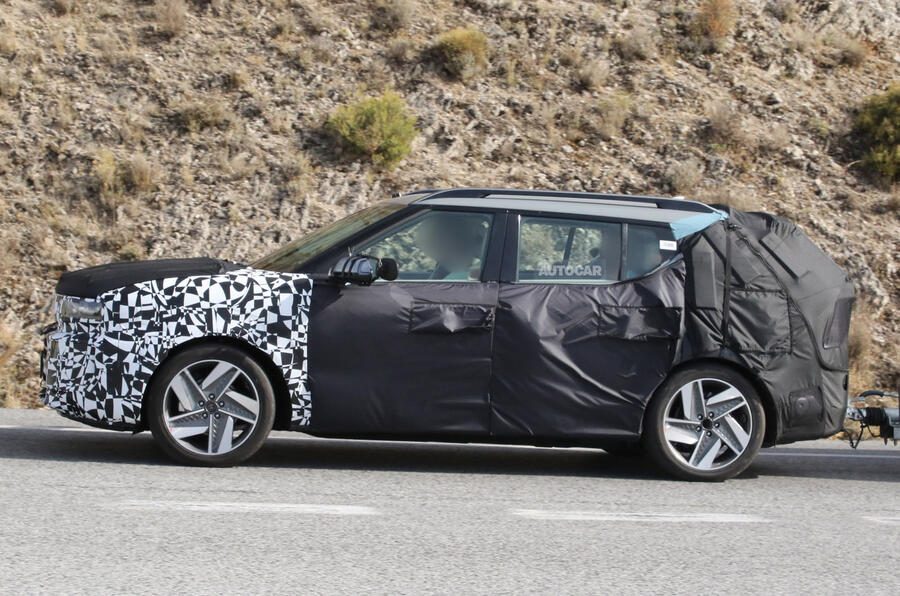
Hyundai CEO, Jaehoon Chang, said at a recent investor day “We’re going to pioneer the uptake and lead the market.” The second-gen Nexo will enter production next year, and a road-going version of the N Vision 74 coupé concept may follow.
Hyundai is also working on new methods of hydrogen production, including from waste biomass and plastics.


